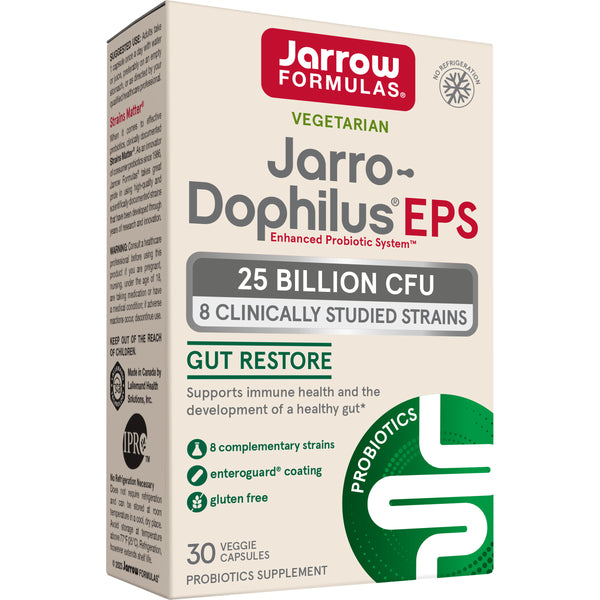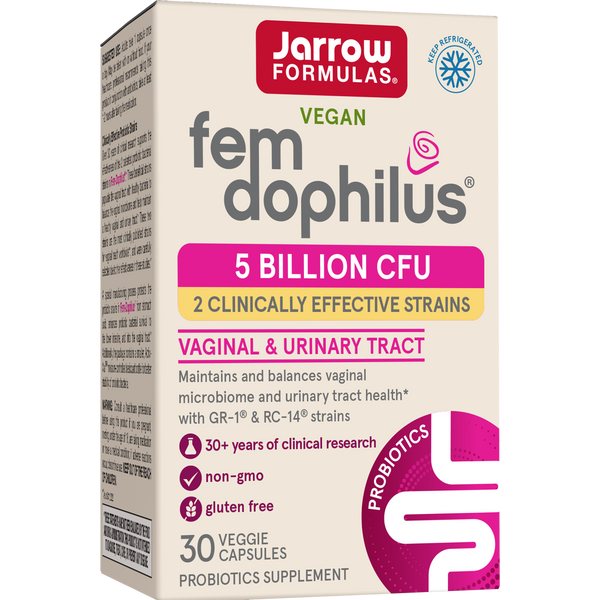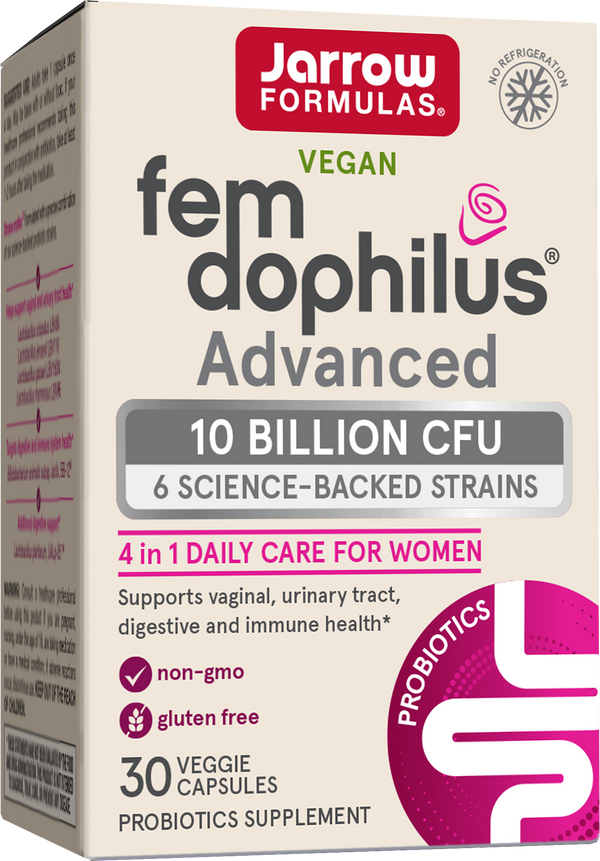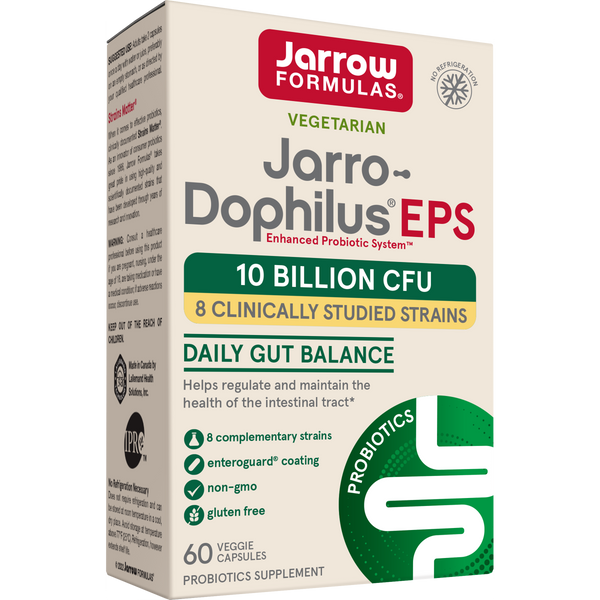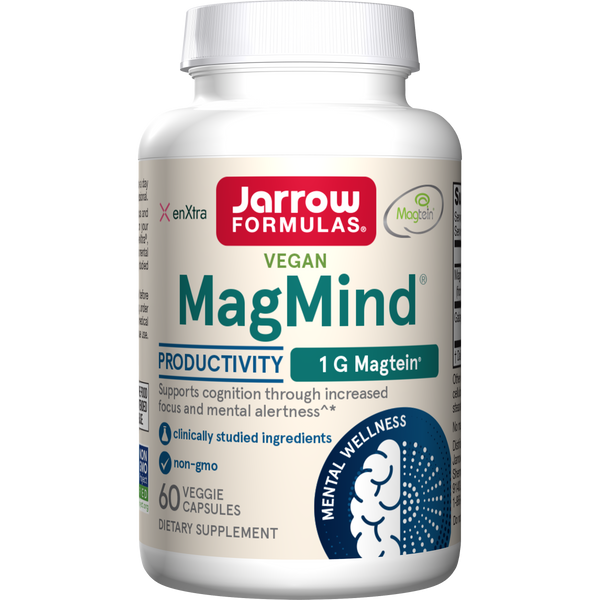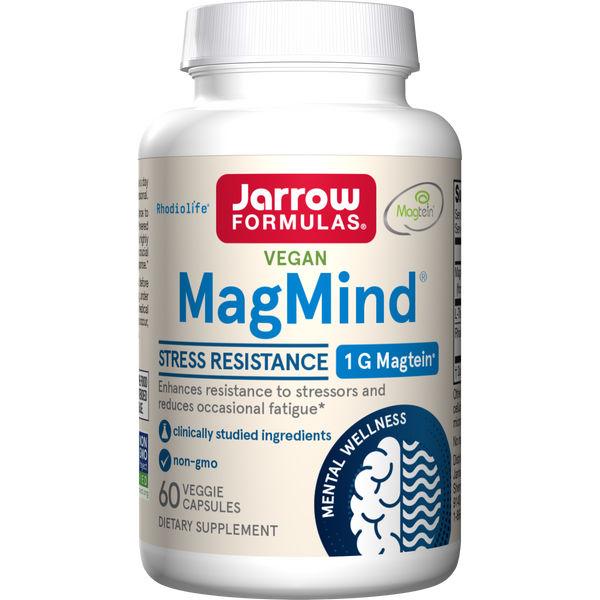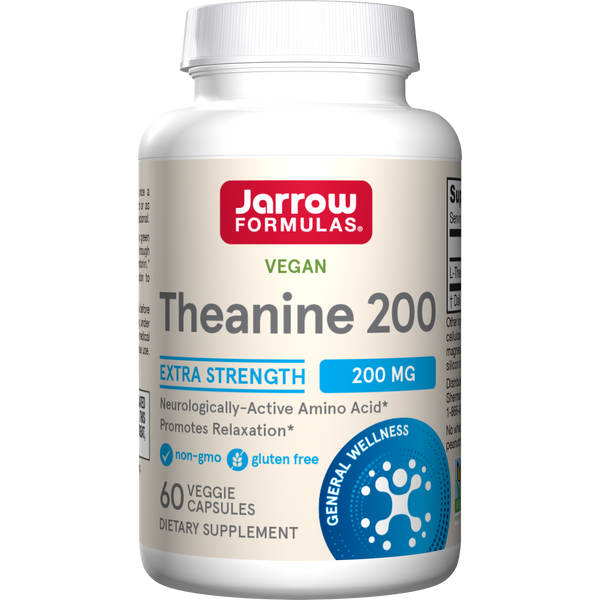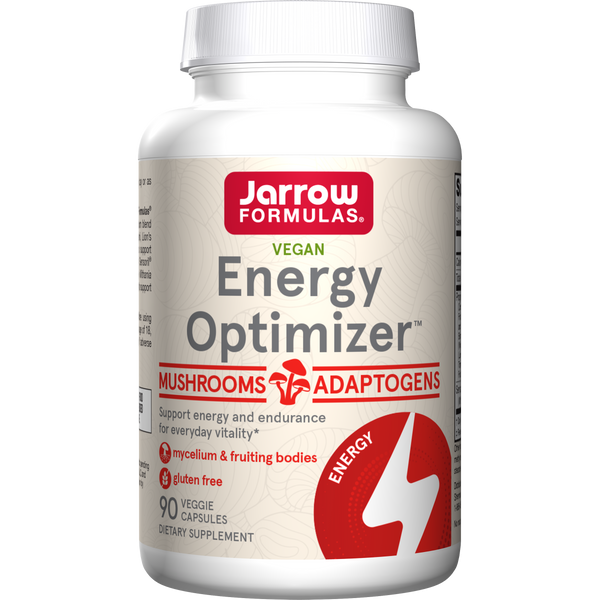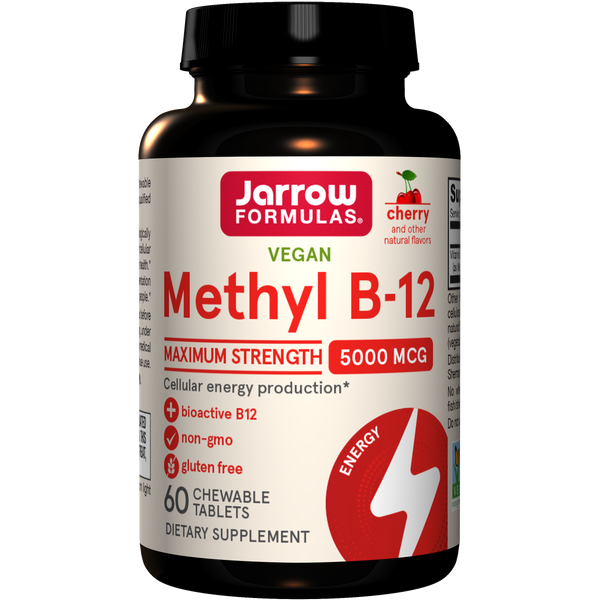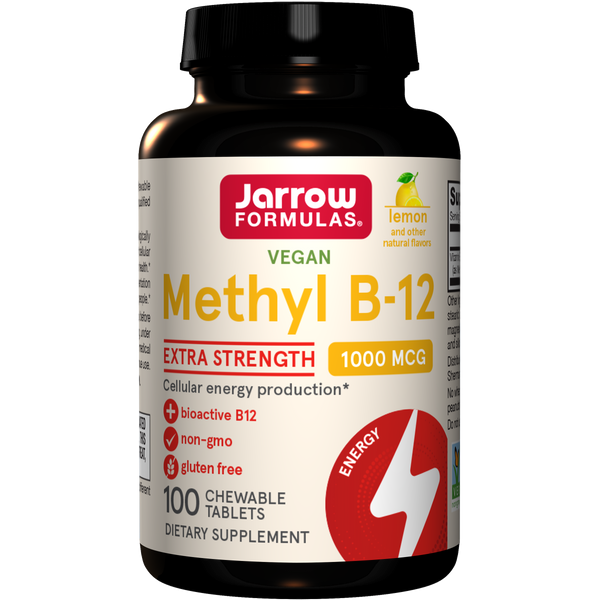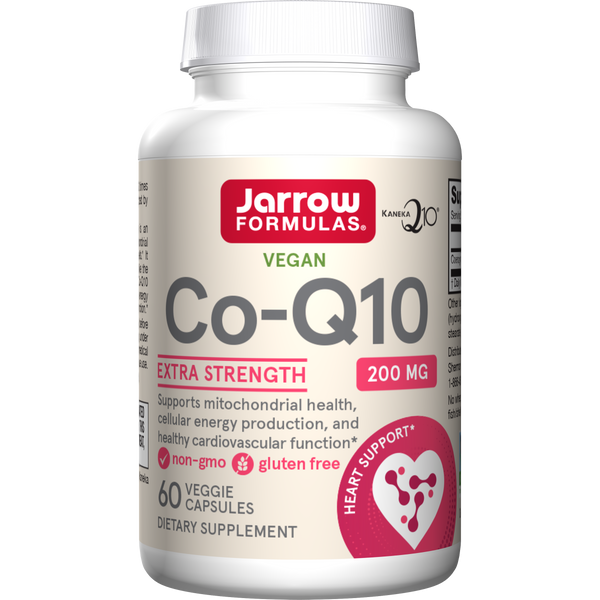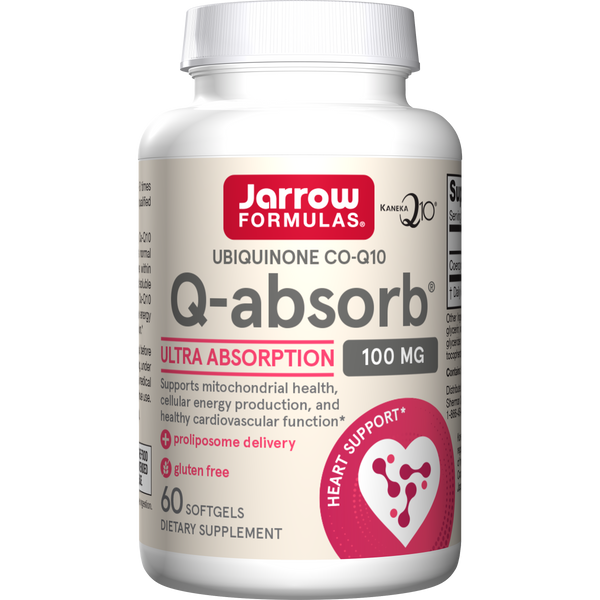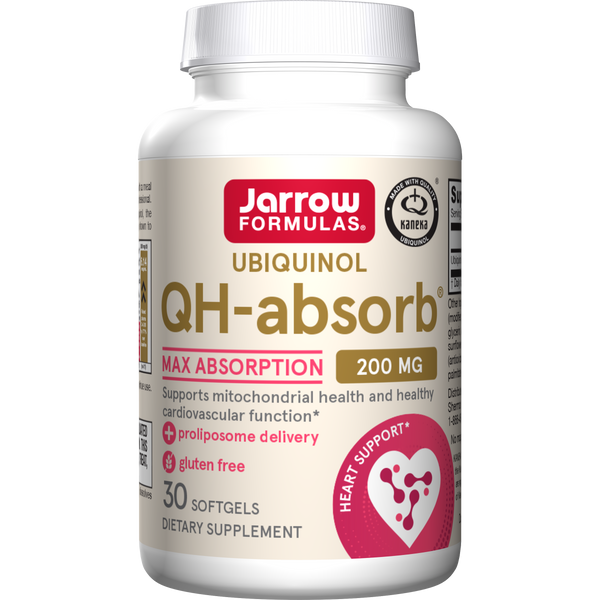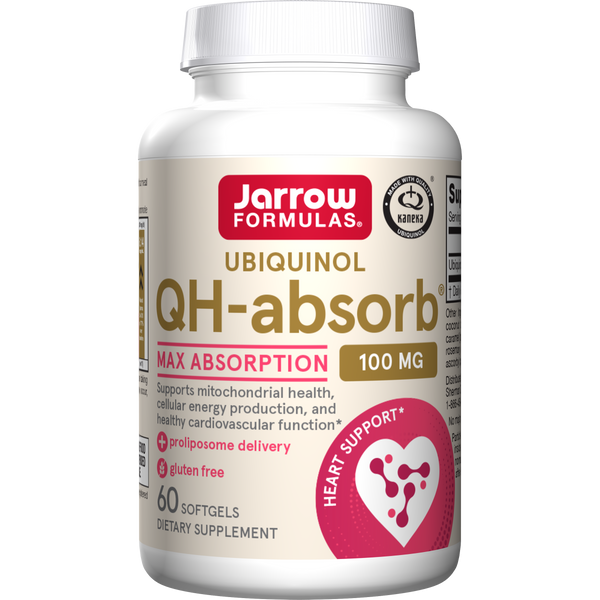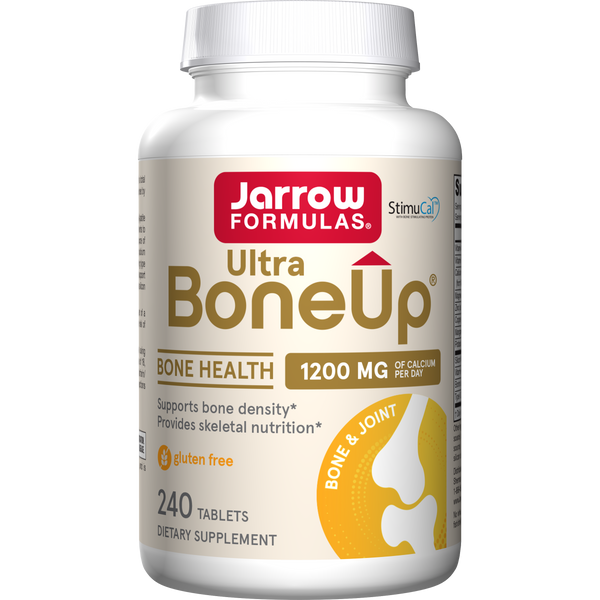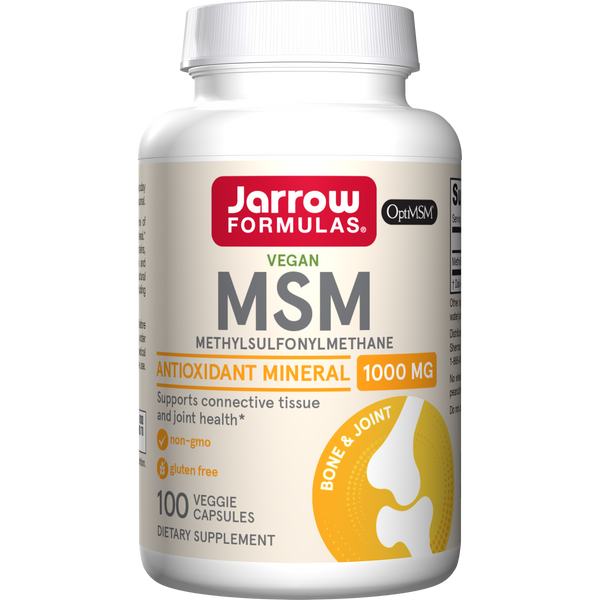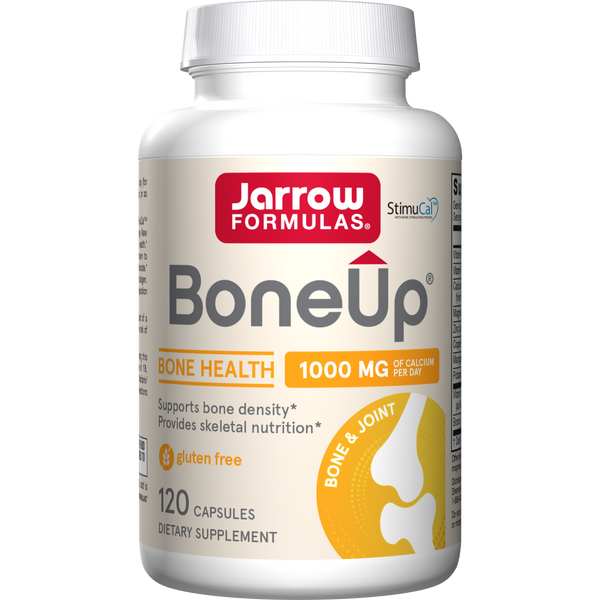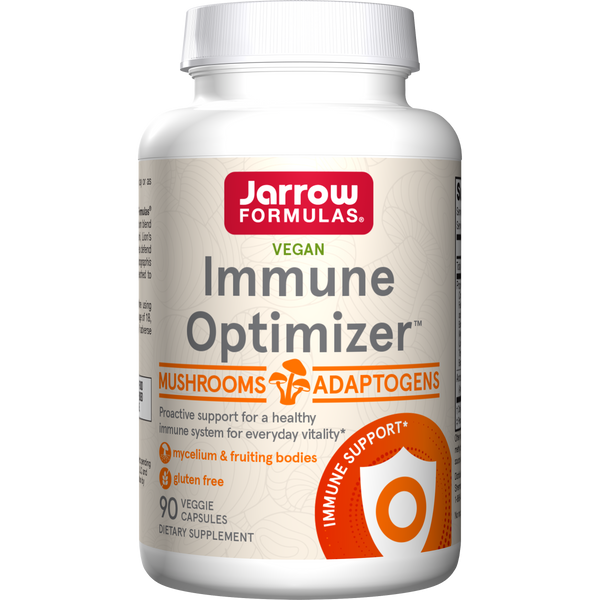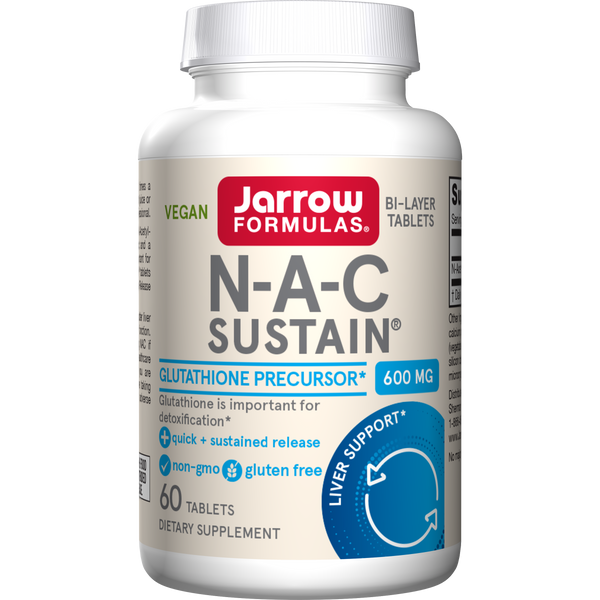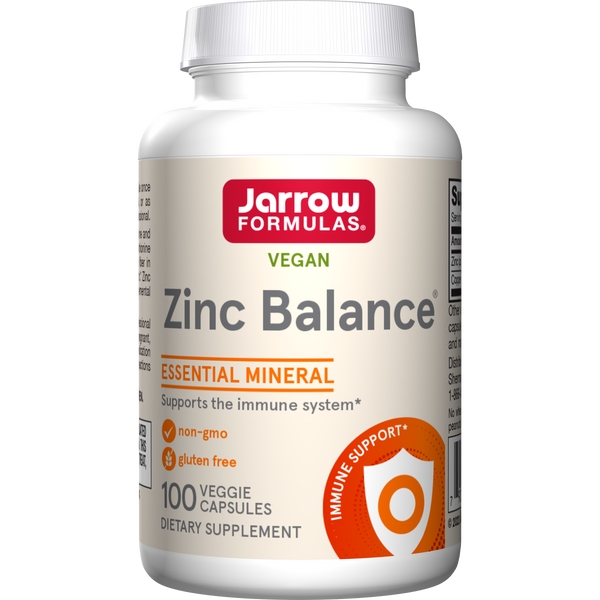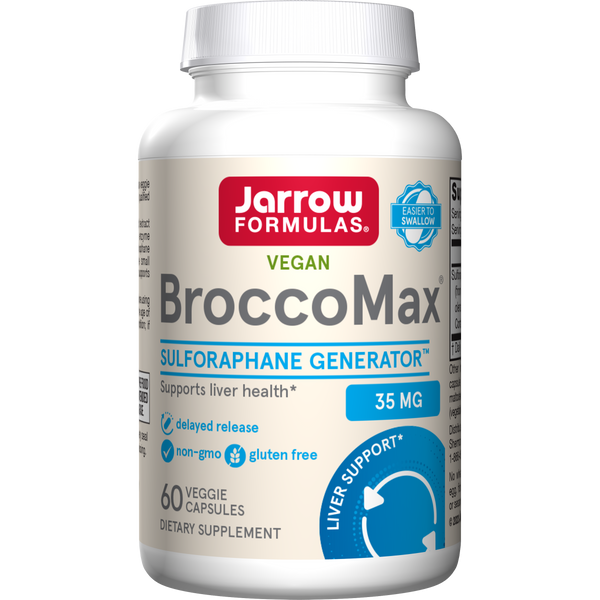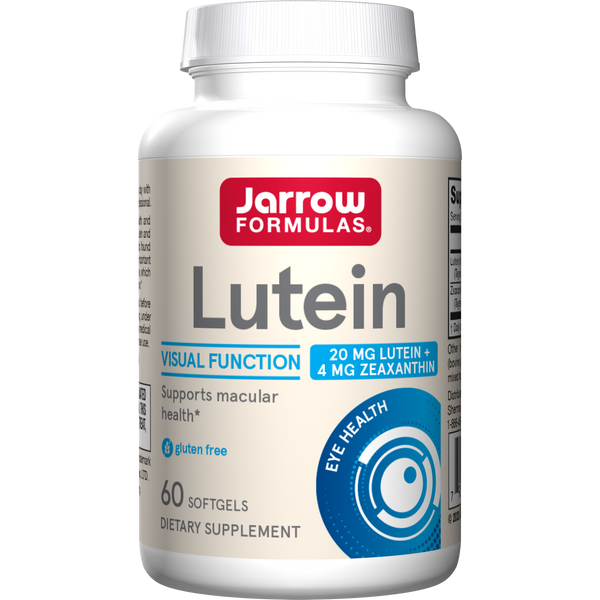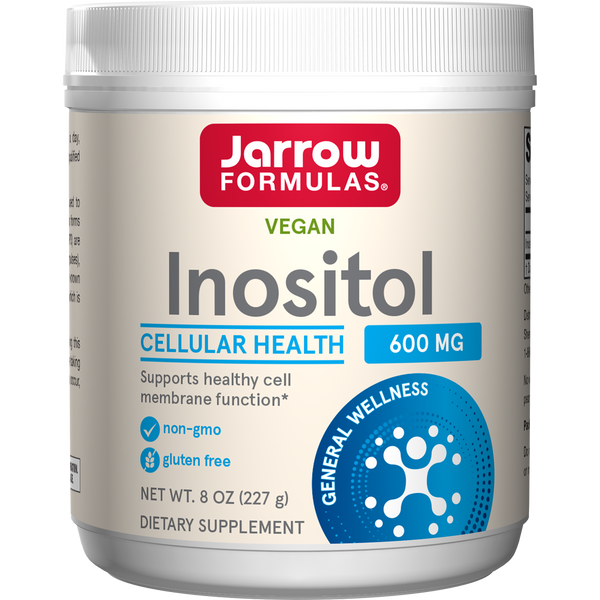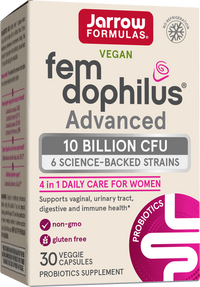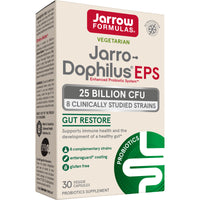Probiotics for Women's Health: The Story of Lactobacillus Rhamnosus GR-1 and Lactobacillus Reuteri RC-14
Gregor Reid, BSc Hons PhD MBA ARM CCM
gregor@uwo.ca
Canadian Research and Development Centre for Probiotics
Lawson Health Research Institute
F2-116, 268 Grosvenor Street
London, Ontario N6A 4V2, Canada
Introduction
Lactobacillus rhamnosus GR-1 and Lactobacillus reuteri RC-14 are the worlds most documented probiotic strains for women's health. They were selected for their ability to interfere with infectivity of a range of bacteria and yeast in the vagina, as well as confer benefits to the intestine and reduce the risk of bladder infections.
The Strains
Lactobacillus rhamnosus GR-1 was originally isolated in 1980 from the distal urethra of a healthy woman. Lactobacillus reuteri RC-14 was originally isolated in 1985 from the vagina of a healthy woman. It was first classified as L. acidophilus RC-14, then renamed as Lactobacillus fermentum RC-14. As the way that bacteria are classified changes with time, the strain was re-named Lactobacillus reuteri in recent years. All the publications with this organism RC-14, were performed on the same bacterium.
Laboratory tested properties
Lactobacillus rhamnosus GR-1 has been shown to adhere to cells in the bladder, vagina and intestine. Some people believe this is key to its ability to promote health, but in fact it is only one of the important attributes. The organism displaces and prevents adhesion by intestinal and urogenital pathogens, inhibits the growth of harmful bacteria and yeast, can kill HIV and other viruses through its acid production, and stops pathogens from forming clumps or biofilms that are very difficult for drugs to eradicate. It is innately resistant to vancomycin and spermicidal nonoxynol-9. The strain induces an anti-inflammatory effect and modulates factors that would otherwise increase a woman's risk of preterm labor.
Lactobacillus reuteri RC-14 adheres to bladder, vaginal, and intestinal cells displaces and prevents adhesion by intestinal and urogenital pathogens, inhibits the growth of these harmful organisms and can kill HIV and other viruses through its acid production. It produces hydrogen peroxide that many believe is important in vaginal health. It also produces signaling factors that disarm toxins produced by Staphylococcus aureus, the bacterium that causes so many hospital infections and death (the superbug). Lactobacillus reuteri RC-14 also possesses immune modulatory activity.
Animal safety, toxicity and effectiveness studies
Probiotic lactobacilli do not treat urinary tract infection nor do they colonize the bladder, vagina or intestine. Indeed, it is a myth that probiotic organisms colonize. The term colonization should be reserved for organisms that take over a given niche (such as the gut, vagina), multiply and live there for lengthy periods of time. No probiotic is able to stay in the host for longer than a few days or weeks.
Lactobacilli would not normally be instilled directly into the normally sterile bladder, but to test what would happen if this occurred, a series of studies were performed.
There is extensive clinical documentation on these two probiotics. This includes early studies performed with Lactobacillus rhamnosus GR-1 alone and in combination with L. fermentum B-54.
Safety, effectiveness and efficacy:
With more than 20 million doses administered worldwide, the safety record of the two strains is excellent. A summary of safety includes:
Prevention and treatment of bacterial vaginosis (BV) and yeast vaginitis
The use of Lactobacillus GR-1 and Lactobacillus RC-14 intra-vaginally twice a day for five days, led to repopulation of the vagina and cure of bacterial vaginosis (BV) in randomized, placebo-controlled, double blind study.
When taken orally twice daily for 14 days (>6x109 cfu) with milk, Lactobacillus GR-1 and Lactobacillus RC-14 did not induce adverse immunological reactions. In capsule form, when Lactobacillus GR-1 and Lactobacillus RC-14 were taken orally once daily for 14 days, the vagina became repopulated with beneficial bacteria and no adverse persistence occurred in the intestine or vagina at 21 days. Both strains when taken orally once or twice a day for one month, help restore and retain a normal lactobacilli-dominated vaginal flora, and 50% cure of BV. In a randomized, placebo-controlled double blind study of 64 women given lactobacilli orally once daily for 2 months, there was significant reduction in transfer of yeast and pathogenic bacteria from the rectum to the vagina, and retention of a normal lactobacilli-dominated vaginal flora.
For women who require antibiotics, the addition of Lactobacillus GR-1 and Lactobacillus RC-14 for one month in a randomized, placebo-controlled double blind study, showed significant reduction in onset of BV, and a better retention of a normal lactobacilli-dominated vaginal flora. In another randomized, placebo-controlled double blind study, this time of 106 women treated with antimicrobial plus oral probiotics for BV, there was significantly improved cure of BV compared to metronidazole plus placebo.
While not designed for the gut, both Lactobacillus GR-1 and Lactobacillus RC-14 taken orally for 30 days to 15 Crohn's disease and 5 ulcerative colitis patients in food showed no adverse effects, no bacteremia, no adverse immunological outcomes, but significant reduction in inflammation in subset of patients. In further evidence of their safety, the use of these probiotics in HIV positive subjects showed resolution of diarrhea and increase in CD4 count, with no cases of bacteremia or major side effects.
The end of one story and the beginning of another - Fem-Dophilus comes of age
Twenty five years might seem a long time, but that's how long it took for these two Lactobacillus strains to be selected, and shown to be ideal for women's health. They are combined for a purpose - each strain complements the other and targets different problems that may arise in a woman. Not every Lactobacillus is the same, and not even another combination of Lactobacillus rhamnosus and Lactobacillus reuteri will necessarily function as well as GR-1 and RC-14. It's a bit like Mia Hamm, the great US Soccer star - others may have the same name, but you'd only want the true star on your team's forward line! Selecting strains is the first step, but unlike many so-called probiotics on the market that have never undergone human clinical trials or in depth laboratory investigations, an important step is understanding how strains function. The anti-infective properties of GR-1 and RC-14 are well documented, and their ability to enhance a woman's immunity is now being uncovered. After this, a critical step is to have the strains produced to the highest standards possible. Only a handful of companies around the world have the capacity and technological excellence to achieve shelf-stable, highly reproducible lactobacilli products. These organisms are fickle and not easy to handle, and thus many products not made under such standards, end up being dead or contaminated.
The decision to have the world's leading probiotic producer, Chr Hansen, manufacture the strains, was not made lightly. Visits to major production plants around the world, were made to insure that the highest standards were reached. In the end, Fem-Dophilus was born, an ethical, premium product with a delivery system that optimizes delivery of the probiotics to the woman.
The extensive clinical trials, briefly summarized above, but available in full published form at PubMed, were then performed using the unique capsule formulation. This again is critical. In many cases, clinical studies have been done on bacteria in formulations that differ from the product that consumers want to buy. It's like asking Mia Hamm to score against a team of 50 players instead of 11, or to do so without her soccer boots and shin pads! You can't add 1000 bacteria to a product when studies showed that benefits accrue with 1,000,000,000 bacteria. Also, a soccer field was never meant to function with 600 players. The vagina is not designed to have billions and billions of bacteria. On the contrary, at any given time there are only a few bacterial types in the healthy vagina. Some companies are targeting women's health having seen the difference that Fem-Dophilus is making to the lives of millions of women around the world. This is the normal business response. However, products with supposedly billions and billions or multiple types of bacteria are being promoted, without clinical evidence (and potentially contrary to clinical evidence), while other copycat claims are being made for products that never underwent the rigorous research of Lactobacillus GR-1 and RC-14. This means the consumer has to decipher what is best for her, but this approach was never what motivated Drs. Reid and Bruce, the inventors of Fem-Dophilus. Instead, they took the time to select their strains, make sure they were appropriate, safe and efficacious in humans, and produced to the highest standards before ever bringing them to the marketplace. As Dr. Reid noted - the greatest satisfaction comes from making a difference in someone's life.
Gregor Reid, Ph.D, MBA obtained his Bachelor of Science degree from Glasgow University in Scotland where he was born. In 1982, he obtained his Ph.D from Massey University in New Zealand under a Rotary International Scholarship. Dr. Reid moved to Canada in 1982 joining Dr. Andrew Bruce. It was there that they started their studies on lactobacilli for women's health. He moved to London, Ontario in 1990 and while there, obtained an MBA at Monash University in Australia. Dr. Reid has also taken courses in the UK, Canada, China and Australia. Currently, he is a Professor of Microbiology and Immunology, and Surgery at the University of Western Ontario; Director of the Canadian Research and Development Center for Probiotics; and Program Leader of Advanced Surgical Technologies at the Lawson Health Research Institute in London, Ontario, Canada. Dr. Reid has published around 285 peer-reviewed papers, over 350 abstracts and given over 370 talks in 36 countries. He has been awarded 28 patents and is a reviewer for 28 international agencies, including the NIH, and 65 journals.
gregor@uwo.ca
Canadian Research and Development Centre for Probiotics
Lawson Health Research Institute
F2-116, 268 Grosvenor Street
London, Ontario N6A 4V2, Canada
Introduction
Lactobacillus rhamnosus GR-1 and Lactobacillus reuteri RC-14 are the worlds most documented probiotic strains for women's health. They were selected for their ability to interfere with infectivity of a range of bacteria and yeast in the vagina, as well as confer benefits to the intestine and reduce the risk of bladder infections.
The Strains
Lactobacillus rhamnosus GR-1 was originally isolated in 1980 from the distal urethra of a healthy woman. Lactobacillus reuteri RC-14 was originally isolated in 1985 from the vagina of a healthy woman. It was first classified as L. acidophilus RC-14, then renamed as Lactobacillus fermentum RC-14. As the way that bacteria are classified changes with time, the strain was re-named Lactobacillus reuteri in recent years. All the publications with this organism RC-14, were performed on the same bacterium.
Laboratory tested properties
Lactobacillus rhamnosus GR-1 has been shown to adhere to cells in the bladder, vagina and intestine. Some people believe this is key to its ability to promote health, but in fact it is only one of the important attributes. The organism displaces and prevents adhesion by intestinal and urogenital pathogens, inhibits the growth of harmful bacteria and yeast, can kill HIV and other viruses through its acid production, and stops pathogens from forming clumps or biofilms that are very difficult for drugs to eradicate. It is innately resistant to vancomycin and spermicidal nonoxynol-9. The strain induces an anti-inflammatory effect and modulates factors that would otherwise increase a woman's risk of preterm labor.
Lactobacillus reuteri RC-14 adheres to bladder, vaginal, and intestinal cells displaces and prevents adhesion by intestinal and urogenital pathogens, inhibits the growth of these harmful organisms and can kill HIV and other viruses through its acid production. It produces hydrogen peroxide that many believe is important in vaginal health. It also produces signaling factors that disarm toxins produced by Staphylococcus aureus, the bacterium that causes so many hospital infections and death (the superbug). Lactobacillus reuteri RC-14 also possesses immune modulatory activity.
Animal safety, toxicity and effectiveness studies
Probiotic lactobacilli do not treat urinary tract infection nor do they colonize the bladder, vagina or intestine. Indeed, it is a myth that probiotic organisms colonize. The term colonization should be reserved for organisms that take over a given niche (such as the gut, vagina), multiply and live there for lengthy periods of time. No probiotic is able to stay in the host for longer than a few days or weeks.
Lactobacilli would not normally be instilled directly into the normally sterile bladder, but to test what would happen if this occurred, a series of studies were performed.
- Lactobacillus GR-1 intra-vesical instillation in rats and mice showed the strain did not colonize, adhere or persist and had no adverse effects on bladder or renal tissues, but did reduce infectivity of uropathogenic E. coli.
- Lactobacillus GR-1 and RC-14 oral use in mice infected with salmonella led to reduced infectivity, disease and deaths. Both lactobacilli strains improved the barrier function of the gut.
- Lactobacillus GR-1 and RC-14 when given orally at excessive doses in rats showed no adverse effects on blood parameters.
- Lactobacillus GR-1 and RC-14 oral use in pregnancy in rats resulted in reduced death rate and improved weights for newborns.
There is extensive clinical documentation on these two probiotics. This includes early studies performed with Lactobacillus rhamnosus GR-1 alone and in combination with L. fermentum B-54.
Safety, effectiveness and efficacy:
With more than 20 million doses administered worldwide, the safety record of the two strains is excellent. A summary of safety includes:
- Lactobacillus GR-1 instilled directly into the bladder of humans with neurogenic bladder disease â strain did not colonize, adhere or persist in bladder.
- Lactobacillus GR-1 intra-vaginal instillation in humans led to repopulation of the vagina for several weeks, and to a longer time before the patient suffered another bladder infection.
- Lactobacillus GR-1 and B-54 intra-vaginal instillation in humans led to repopulation of the vagina and reduced recurrence of urinary tract infection, after antibiotic therapy.
- Lactobacillus GR-1 and B-54 intra-vaginal instillation in humans led to repopulation of the vagina and reduced recurrence of urinary tract infection.
Prevention and treatment of bacterial vaginosis (BV) and yeast vaginitis
The use of Lactobacillus GR-1 and Lactobacillus RC-14 intra-vaginally twice a day for five days, led to repopulation of the vagina and cure of bacterial vaginosis (BV) in randomized, placebo-controlled, double blind study.
When taken orally twice daily for 14 days (>6x109 cfu) with milk, Lactobacillus GR-1 and Lactobacillus RC-14 did not induce adverse immunological reactions. In capsule form, when Lactobacillus GR-1 and Lactobacillus RC-14 were taken orally once daily for 14 days, the vagina became repopulated with beneficial bacteria and no adverse persistence occurred in the intestine or vagina at 21 days. Both strains when taken orally once or twice a day for one month, help restore and retain a normal lactobacilli-dominated vaginal flora, and 50% cure of BV. In a randomized, placebo-controlled double blind study of 64 women given lactobacilli orally once daily for 2 months, there was significant reduction in transfer of yeast and pathogenic bacteria from the rectum to the vagina, and retention of a normal lactobacilli-dominated vaginal flora.
For women who require antibiotics, the addition of Lactobacillus GR-1 and Lactobacillus RC-14 for one month in a randomized, placebo-controlled double blind study, showed significant reduction in onset of BV, and a better retention of a normal lactobacilli-dominated vaginal flora. In another randomized, placebo-controlled double blind study, this time of 106 women treated with antimicrobial plus oral probiotics for BV, there was significantly improved cure of BV compared to metronidazole plus placebo.
While not designed for the gut, both Lactobacillus GR-1 and Lactobacillus RC-14 taken orally for 30 days to 15 Crohn's disease and 5 ulcerative colitis patients in food showed no adverse effects, no bacteremia, no adverse immunological outcomes, but significant reduction in inflammation in subset of patients. In further evidence of their safety, the use of these probiotics in HIV positive subjects showed resolution of diarrhea and increase in CD4 count, with no cases of bacteremia or major side effects.
The end of one story and the beginning of another - Fem-Dophilus comes of age
Twenty five years might seem a long time, but that's how long it took for these two Lactobacillus strains to be selected, and shown to be ideal for women's health. They are combined for a purpose - each strain complements the other and targets different problems that may arise in a woman. Not every Lactobacillus is the same, and not even another combination of Lactobacillus rhamnosus and Lactobacillus reuteri will necessarily function as well as GR-1 and RC-14. It's a bit like Mia Hamm, the great US Soccer star - others may have the same name, but you'd only want the true star on your team's forward line! Selecting strains is the first step, but unlike many so-called probiotics on the market that have never undergone human clinical trials or in depth laboratory investigations, an important step is understanding how strains function. The anti-infective properties of GR-1 and RC-14 are well documented, and their ability to enhance a woman's immunity is now being uncovered. After this, a critical step is to have the strains produced to the highest standards possible. Only a handful of companies around the world have the capacity and technological excellence to achieve shelf-stable, highly reproducible lactobacilli products. These organisms are fickle and not easy to handle, and thus many products not made under such standards, end up being dead or contaminated.
The decision to have the world's leading probiotic producer, Chr Hansen, manufacture the strains, was not made lightly. Visits to major production plants around the world, were made to insure that the highest standards were reached. In the end, Fem-Dophilus was born, an ethical, premium product with a delivery system that optimizes delivery of the probiotics to the woman.
The extensive clinical trials, briefly summarized above, but available in full published form at PubMed, were then performed using the unique capsule formulation. This again is critical. In many cases, clinical studies have been done on bacteria in formulations that differ from the product that consumers want to buy. It's like asking Mia Hamm to score against a team of 50 players instead of 11, or to do so without her soccer boots and shin pads! You can't add 1000 bacteria to a product when studies showed that benefits accrue with 1,000,000,000 bacteria. Also, a soccer field was never meant to function with 600 players. The vagina is not designed to have billions and billions of bacteria. On the contrary, at any given time there are only a few bacterial types in the healthy vagina. Some companies are targeting women's health having seen the difference that Fem-Dophilus is making to the lives of millions of women around the world. This is the normal business response. However, products with supposedly billions and billions or multiple types of bacteria are being promoted, without clinical evidence (and potentially contrary to clinical evidence), while other copycat claims are being made for products that never underwent the rigorous research of Lactobacillus GR-1 and RC-14. This means the consumer has to decipher what is best for her, but this approach was never what motivated Drs. Reid and Bruce, the inventors of Fem-Dophilus. Instead, they took the time to select their strains, make sure they were appropriate, safe and efficacious in humans, and produced to the highest standards before ever bringing them to the marketplace. As Dr. Reid noted - the greatest satisfaction comes from making a difference in someone's life.
Gregor Reid, Ph.D, MBA obtained his Bachelor of Science degree from Glasgow University in Scotland where he was born. In 1982, he obtained his Ph.D from Massey University in New Zealand under a Rotary International Scholarship. Dr. Reid moved to Canada in 1982 joining Dr. Andrew Bruce. It was there that they started their studies on lactobacilli for women's health. He moved to London, Ontario in 1990 and while there, obtained an MBA at Monash University in Australia. Dr. Reid has also taken courses in the UK, Canada, China and Australia. Currently, he is a Professor of Microbiology and Immunology, and Surgery at the University of Western Ontario; Director of the Canadian Research and Development Center for Probiotics; and Program Leader of Advanced Surgical Technologies at the Lawson Health Research Institute in London, Ontario, Canada. Dr. Reid has published around 285 peer-reviewed papers, over 350 abstracts and given over 370 talks in 36 countries. He has been awarded 28 patents and is a reviewer for 28 international agencies, including the NIH, and 65 journals.



